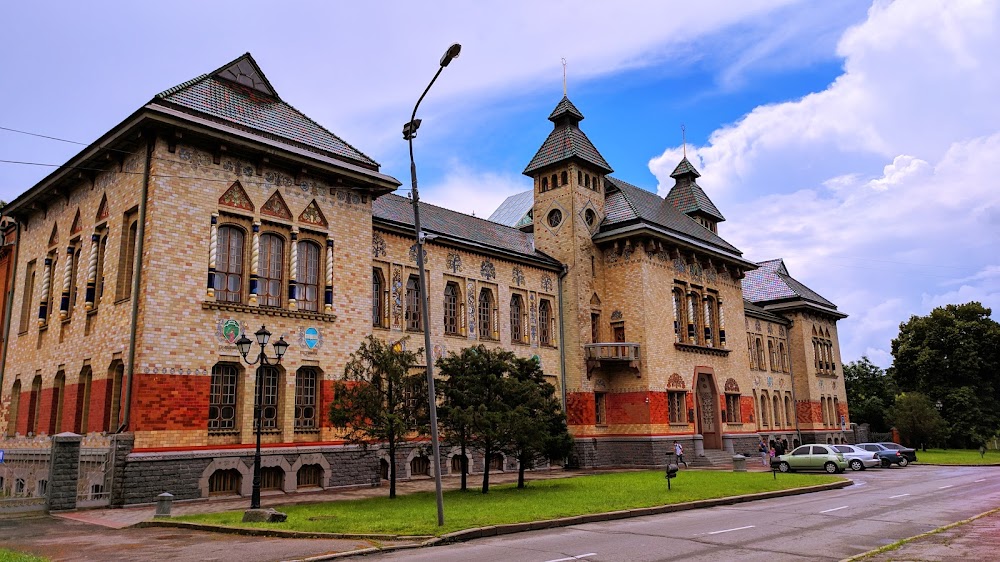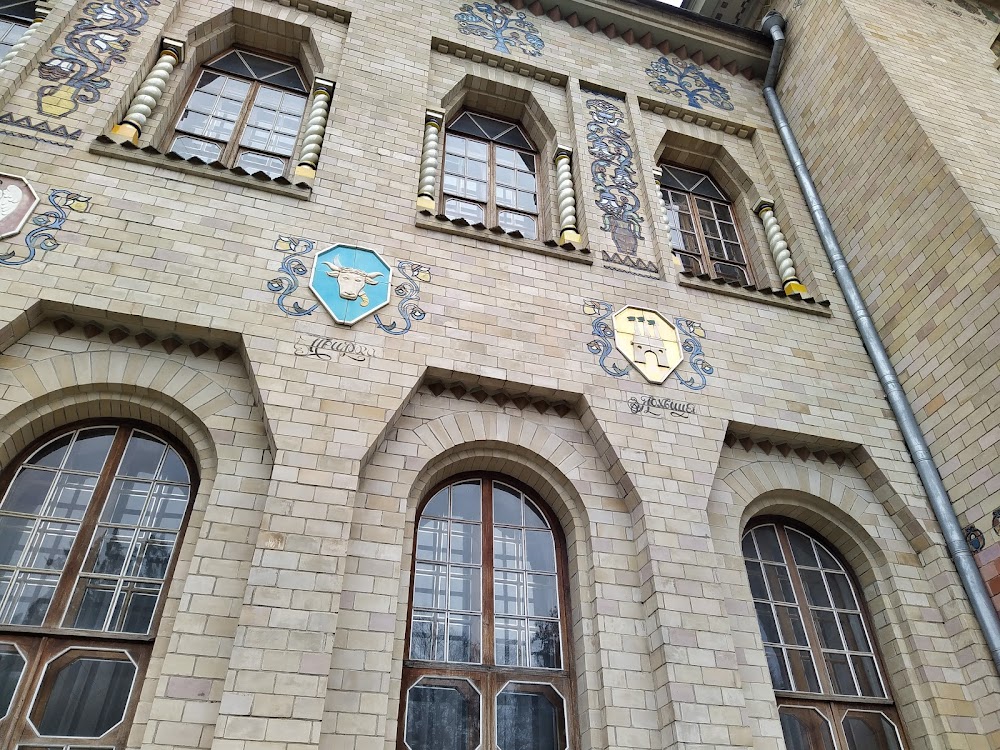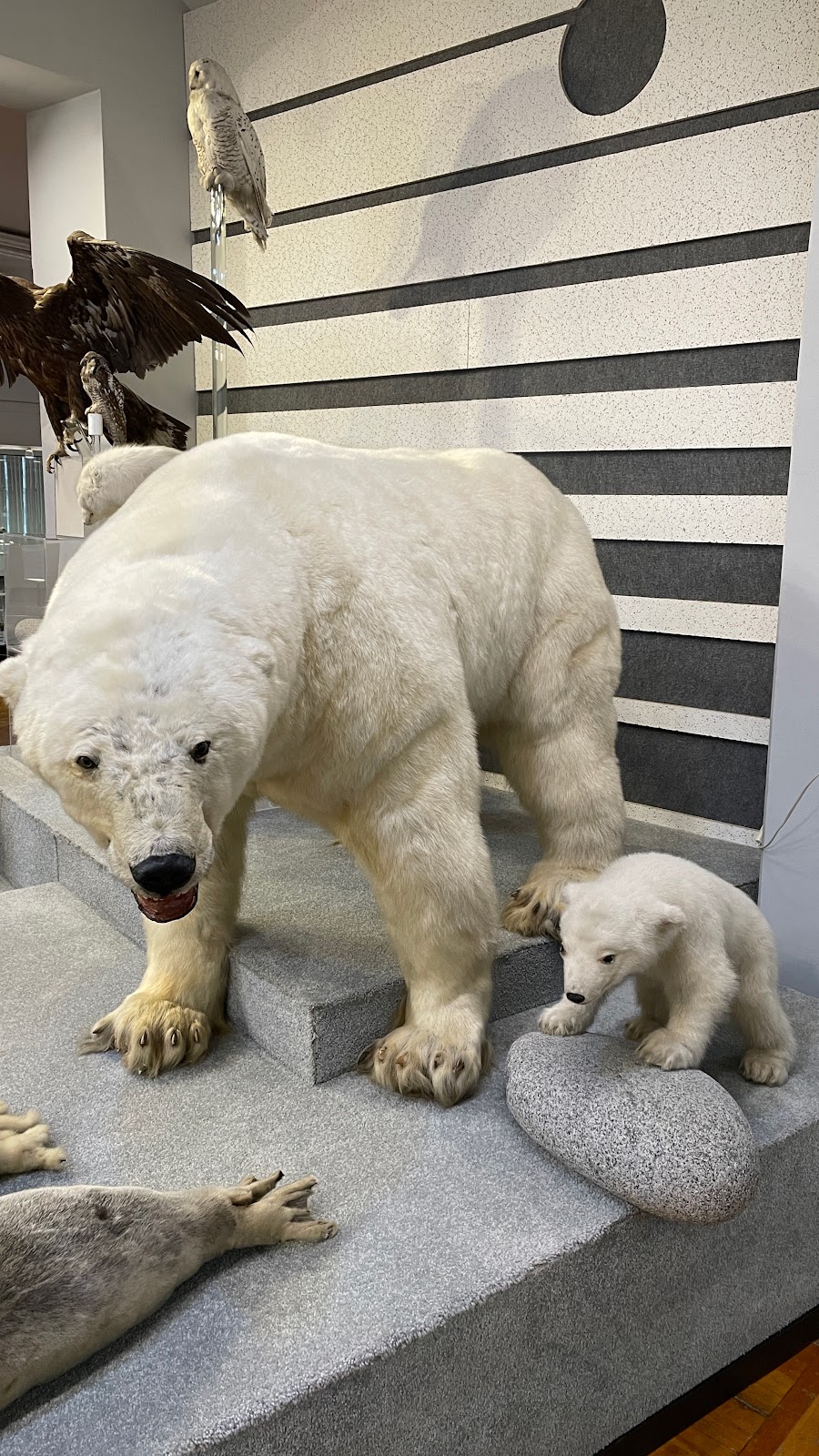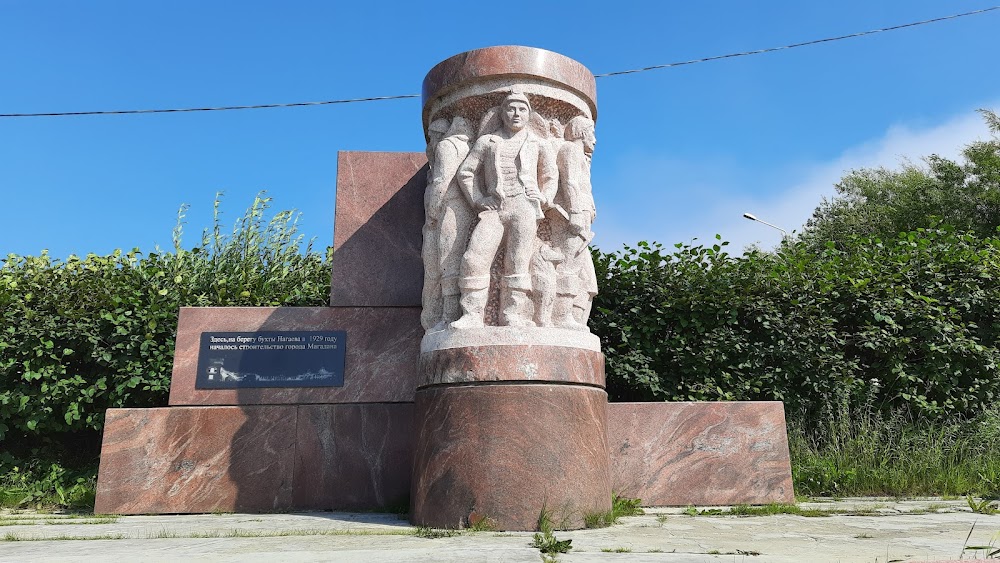Ola District Museum of Local Lore (Олинский районный краеведческий музей)
Overview
The Poltava Local Lore Museum, nestled in the scenic Ola District of Magadan Oblast, Russia, offers visitors a captivating insight into the region's rich cultural and historical tapestry. The story behind the museum's establishment is a fascinating journey that reflects a deep commitment to preserving local heritage.
Founded in the mid-20th century, the museum emerged during a time when many Soviet regions were actively working to safeguard their history and culture. The initial vision came from passionate local historians and community leaders who sought to document the distinctive aspects of the Ola District's past. Their proposal garnered strong support from authorities, leading to the official opening of the Poltava Local Lore Museum after extensive planning and deliberation.
The museum is housed in an architectural treasure that seamlessly merges traditional Russian design with modern functionality. Originally a community center, the building underwent thoughtful renovations to serve its new purpose effectively. Local craftsmen and artisans played a crucial role in these modifications, ensuring that the structure retained its historical allure while accommodating extensive exhibits.
Inside, visitors are greeted by a diverse array of exhibits showcasing the region's multifaceted history. A standout feature is the collection dedicated to the indigenous peoples of Magadan Oblast, which details their traditional lifestyles, customs, and crafts. This section includes an intriguing assortment of artifacts such as tools, clothing, and ceremonial items, all meticulously preserved for public viewing.
Another significant part of the museum focuses on the Soviet industrialization era, a period that dramatically reshaped the region. Through photographs, documents, and personal narratives, this exhibit reveals the transformation brought about by mining and other industrial activities. The resilience and creativity of the local population during this time are underscored through engaging storytelling and displays.
The natural history section invites visitors to explore the diverse and often rugged landscapes of Magadan Oblast. This area highlights the region's rich biodiversity, featuring exhibits on local flora and fauna, geological samples, and special displays about the unique climate and ecosystems. Particularly popular with school groups and nature enthusiasts, this section offers both educational content and stunning visual presentations.
A particularly poignant part of the museum honors the victims of the Great Purge under Stalin’s regime. Many residents suffered due to the political repressions of the 1930s, and the museum pays tribute to their memory through a series of thoughtful exhibits. Personal stories, photographs, and letters collectively paint a picture of this dark chapter in the area's history, ensuring that future generations learn from these events.
In addition to its permanent displays, the Poltava Local Lore Museum regularly hosts temporary exhibitions and cultural events, often featuring local artists, historians, and performers. These initiatives enrich the cultural fabric of the community and provide valuable educational resources for schools, benefiting both teachers and students alike.
The museum's creation was a true community endeavor, with local residents contributing artifacts and sharing stories throughout the curation process. This collaborative spirit remains a vital aspect of the museum's operations, fostering a strong sense of ownership and pride within the community.
Today, the Poltava Local Lore Museum stands as a testament to the rich and diverse history of the Ola District and Magadan Oblast. It serves not only as a repository of the past but also as a vibrant community hub, bringing people together to celebrate and preserve their shared heritage. With its carefully curated exhibits and ongoing commitment to education, the museum ensures that the stories of the region will be cherished and told for generations to come.






